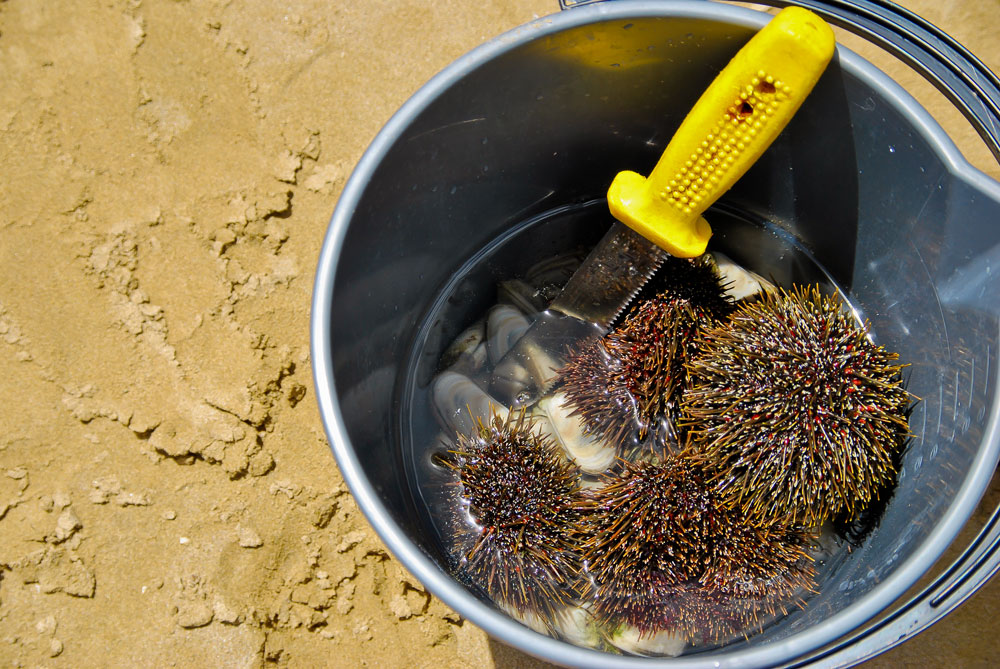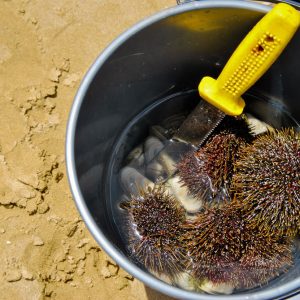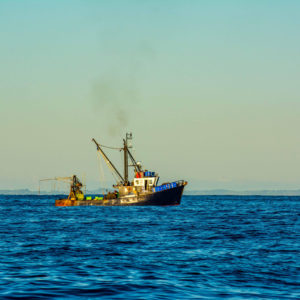Originally published in Mahurangi Matters, August 2024.
Kina seem to be everywhere, but where’s everything else? Where have the big, old grandaddy snapper gone, and the clusters of crayfish that used to hang around?
With crayfish and snapper missing in action kina have been left relatively unchecked in the natural environment, resulting in a population surge of the spiky creatures.
Kina have been painted as the bad guys, transforming luscious and productive kelp forests into kina barrens, inhospitable habitat for other sea life. However, the real issue is historic overfishing and the Quota Management System (QMS) which is based on single species management designed to maximise catches.
The kina barren problem hasn’t occurred overnight. Marine food chains are delicate and sensitive. When key predators such as large crayfish disappear, it has consequences further down the chain, ruining the natural balance between predators and prey.
Decades of excessive crayfish catch limits have meant this delicious, ecologically important species is now functionally extinct in the Hauraki Gulf.
We are left with declining productivity and biodiversity across our coastal ecosystems, and crayfish caught and exported soon after reaching legal size. So how is Shane Jones, the Minister for Oceans and Fisheries, going to solve this problem?
In July he approved an increase in the kina recreational daily bag limit, from 50 to 150 kina per person between Northland and the Bay of Plenty. We’re not convinced this is the answer because it doesn’t address the issue of not enough crayfish or large snapper in the water.
LegaSea, New Zealand Sport Fishing Council and environmental groups had earlier urged the Minister to focus efforts on restoring crayfish and key predator abundance, rather than targeting the symptom of mismanagement.
All roads lead back to the broken and dysfunctional QMS. From the get-go in 1986 the QMS was set up to fail because the system is focused on managing each fish species separately. This means we have lost the natural connectivity in the food chain.
We now have the science, knowledge and numerous kina barrens as evidence that single species management is not working.
The real solution starts with taking a step back and looking at our fish stocks from a holistic view. Any decisions to increase catch limits need to factor in the impacts such an increase may have on all species within the marine ecosystem.
This ecosystem based approach is internationally recognised as a means to restore habitats and sustain abundant fish populations. If such an approach was applied when setting past crayfish catch limits we may not be in the situation we are in now.
If we aspire to restore crayfish and snapper abundance, the amazing creatures that used to inhabit nooks and crannies throughout the Gulf, we need ecosystem based fisheries management.





